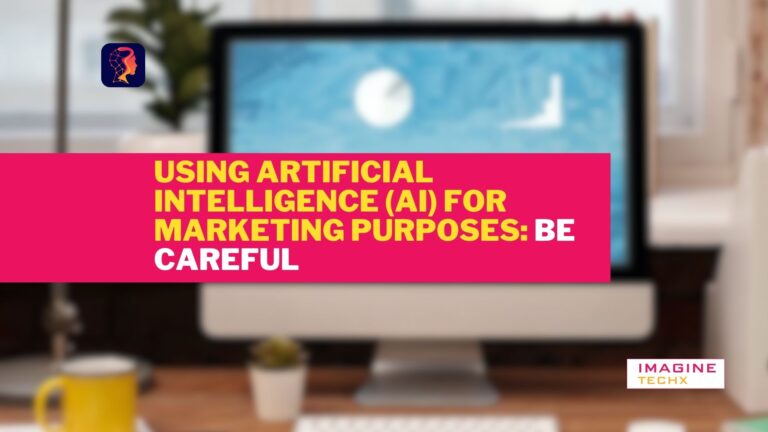Echocardiography in the Era of Artificial Intelligence

 Introduction Of Echocardiography:
Introduction Of Echocardiography:
The field of healthcare has been profoundly impacted by advancements in technology, and one of the most promising areas of innovation is the integration of artificial intelligence (AI) into medical diagnostics. Echocardiography, a vital tool in cardiology for assessing the structure and function of the heart, is no exception. In this blog, we will explore how AI is revolutionizing echocardiography, making it more efficient, accurate, and accessible for patients worldwide.
You Can Read This Post Also:
The Future of Healthcare: How Artificial Intelligence is Revolutionizing Clinical Validation
Understanding Echocardiography:
Echocardiography, often referred to as an echo, is a non-invasive imaging technique that uses sound waves to create detailed images of the heart. These images, called echocardiograms, allow cardiologists to assess various aspects of heart health, including the size and function of the heart chambers, the motion of the heart valves, and the flow of blood through the heart.
Traditionally, echocardiograms were interpreted by skilled sonographers and cardiologists, relying on their expertise to identify abnormalities and make clinical decisions. While this human expertise remains invaluable, the integration of AI has the potential to enhance the capabilities of medical professionals and improve patient outcomes.
The Role of AI in Echocardiography:
- Image Acquisition and Quality Enhancement: AI algorithms can help optimize image acquisition by providing real-time feedback to sonographers. They can identify areas where better images are needed and guide the operator to improve image quality. This is particularly useful in cases where patients may have difficulty holding still or have challenging anatomy.
- Automated Measurements: AI can automate the process of taking critical measurements from echocardiograms, such as ejection fraction (a measure of how well the heart is pumping blood) and wall thickness. This not only saves time but also reduces the risk of human error.
- Efficient Screening: AI can be used for efficient screening of echocardiograms. It can quickly analyze a large volume of images and flag those that require further review by a cardiologist. This can help prioritize cases and ensure that patients with serious conditions receive prompt attention.
- Pattern Recognition: AI excels at pattern recognition, which is essential in identifying abnormalities in echocardiograms. It can detect subtle changes that might be missed by the human eye, leading to earlier and more accurate diagnoses of heart diseases.
- Telemedicine and Accessibility: AI can be integrated into telemedicine platforms, allowing patients in remote or underserved areas to receive high-quality echocardiography services. This can significantly improve access to cardiac care, especially in regions with a shortage of specialized medical professionals.
Challenges and Considerations:
While the integration of AI into echocardiography holds great promise, there are several challenges and considerations to address:
- Data Privacy and Security: AI algorithms require access to large datasets of patient information, which raises concerns about data privacy and security. Stricter regulations and safeguards must be in place to protect patient confidentiality.
- Interoperability: Echocardiography systems and AI algorithms should be designed to work seamlessly with existing healthcare infrastructure. Ensuring interoperability is essential for the widespread adoption of AI in cardiology.
- Training and Validation: AI algorithms must be rigorously trained and validated using diverse datasets to ensure their accuracy and reliability. Ongoing monitoring and updates are also necessary to keep algorithms current.
- Ethical Considerations: The ethical use of AI in healthcare is a significant concern. Ensuring that AI is used to enhance, rather than replace, the expertise of medical professionals is essential. Additionally, biases in AI algorithms must be addressed to prevent disparities in patient care.
- Integration with Electronic Health Records (EHRs): Echocardiography AI systems can seamlessly integrate with EHRs, making it easier for healthcare providers to access and review patient records alongside echocardiogram results, leading to more comprehensive patient care.
- Remote Monitoring: AI-powered echocardiography can be used for remote patient monitoring. Patients with chronic heart conditions can perform regular echocardiograms at home, and AI algorithms can analyze these images to track changes in heart health, enabling early intervention when needed.
- Global Health Impact: AI-powered echocardiography has the potential to improve heart disease diagnosis and management in low-resource settings where access to specialized cardiologists is limited. This can help reduce health disparities on a global scale.
- Patient Engagement: AI-driven echocardiography can empower patients by providing them with access to their own heart health data. This can lead to increased patient engagement and better adherence to treatment plans.
You Can Read This Post also:
NASA’s SpaceX Crew-7 Mission: All Set for an Exciting Journey to the Space Station
Conclusion:
The integration of artificial intelligence into echocardiography represents a significant advancement in the field of cardiology. By improving image quality, automating measurements, and enhancing the overall efficiency of the diagnostic process, AI has the potential to revolutionize the way heart conditions are diagnosed and managed. However, it is crucial to proceed with caution, addressing privacy, interoperability, and ethical concerns to ensure that AI enhances patient care without compromising quality or safety. As AI continues to evolve, it holds the promise of making echocardiography more accessible, accurate, and efficient, ultimately benefiting patients and healthcare providers alike in this era of technological transformation.






